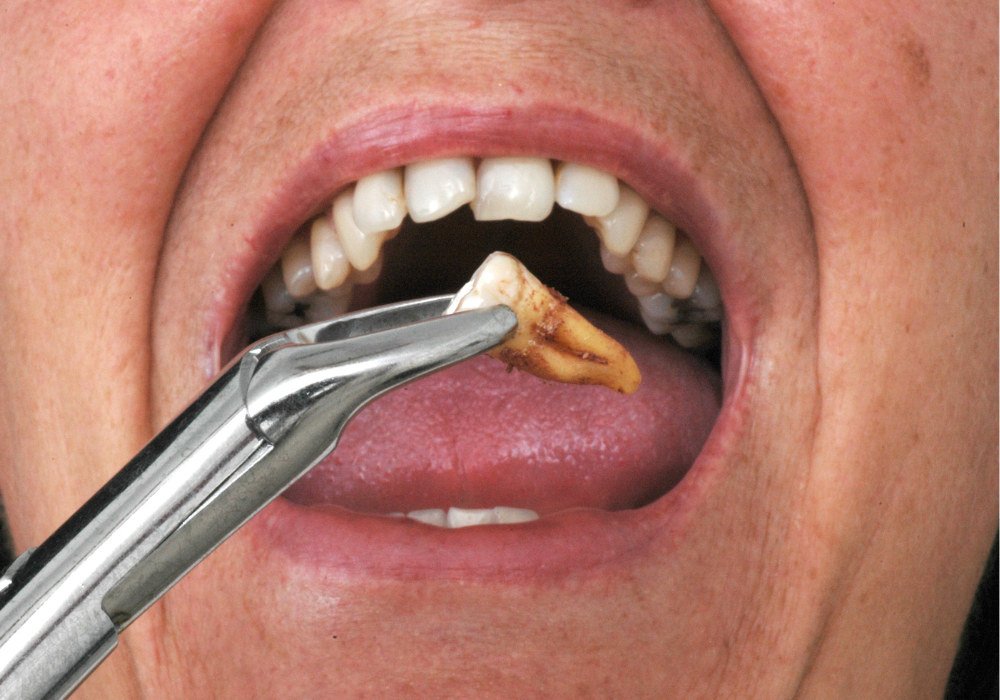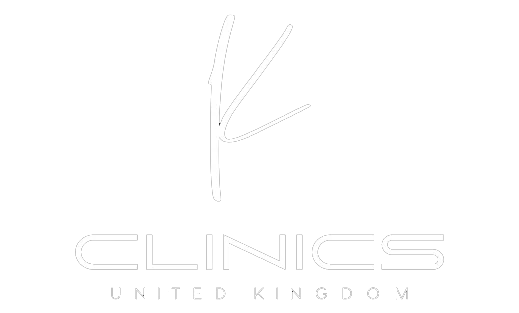Tooth Extraction: What to Expect and How to Care for the Area After Extraction?

Tooth extraction is not just a medical procedure — it’s a process that includes preparation, the procedure itself and most importantly proper aftercare. In actuality, contemporary dentistry makes extractions as painless, secure, and regulated as possible, despite the fact that many people equate them with worry.
A tooth may need to be extracted for a variety of reasons,for example permanent deterioration of tooth condition or issues with impacted wisdom teeth. Whatever the reason, it’s important to know what to do before and after the treatment to promote a quick recovery and prevent any complications. So in this article, we’ll cover what to expect during an extraction procedure, how to properly care for the socket after this and which symptoms require medical attention.
When Is Tooth Extraction Necessary?
Only when every other treatment option has been tried or would be futile is a tooth extracted. The most common reasons for tooth extraction include:
- significant decay-related tooth loss that is irreparable;
- cysts or persistent purulent irritation close to the root;
- progressive periodontitis that causes the teeth to move;
- impacted or partially erupted wisdom teeth that cause discomfort or crowding;
- getting the arch ready for orthodontic treatment (to provide room);
- recurring infections or issues after root canal therapy.
Extracting a tooth might occasionally be required more to save general health rather than comfort or appearance, particularly when an infection that goes untreated could threaten the entire body or adjacent tissues.
What Happens During this Procedure?
Your dentist will do a comprehensive examination and maybe take an X-ray to analyse the surrounding bone and roots before the extraction. After that, local anesthesia is given; with modern anesthetics, the process is usually painless.
Using forceps to loosen and remove the tooth is known as a simple extraction. Surgical extraction is more complicated in situations (such impacted wisdom teeth), in these cases can be bone removal, tooth sectioning or gum incisions.
A blood clot normally develops in the socket after the tooth is extracted to save the bone and nerves. In addition to giving thorough aftercare instructions, the dentist will cover the region with a sterile gauze pad. If necessary, pain relievers or antibiotics will also be prescribed.
Aftercare: How to Look After the Socket
Proper care after extraction is critical for healing. The first 24 to 48 hours are important and you should carefully adhere to these rules:
- Leave the gauze pad in place for 20 to 30 minutes after the procedure.
- After that, wait at least two hours before eating or drinking anything.
- For the first 24 hours, stay away from hot foods and beverages.
- Rinsing your mouth on the first day may cause the blood clot to come loose.
- Keep your fingers and mouth away from the extraction site.
- Avoid any physical activity, including exercising and bending over.
- For at least 2-3 days, abstain from drinking and smoking completely.
Continue to brush gently in the days that follow, avoiding the extraction area. You can start rinsing with warm saline or antiseptic solutions on day two. Eat only soft, lukewarm things like soups, mashed vegetables or oatmeal. Take any prescription painkillers as advised.
What’s Normal and When Should You Worry?
Normal healing symptoms:
- two to three days of mild to severe discomfort;
- little cheek or gum edema, particularly following surgical excision;
- little bleeding or saliva with a hint of blood;
- A mild odor that resolves with hygiene.
Seek urgent dental attention if you notice:
- discomfort that gets worse after 2-3 days;
- Fever above 38°C (100.4°F);
- Intense agony, pressure or throbbing;
- Foul smell or discharge from the socket;
- A dry socket is indicated by an empty socket without a clot.
When Can You Get an Implant or Dental Prosthesis?
Crowns or implants are typically positioned two to three months following the site’s complete healing. In certain cases, rapid implant implantation on the same day as the extraction may be feasible if the bone and tissue conditions are ideal. Your dental expert and you determine this on an individual basis.
In conclusion
Extracting a tooth is frequently the first step to oral health. Modern methods and technology have made the process safe and comfortable, and with the correct attention, recovery may happen quickly.
We do more than just extract teeth at KClinics – we help you every step of the way, from preparation and a painless extraction to recuperation and restoration period. We also offer premium solutions like dental implants or aesthetic prosthetics in complicated situations.



